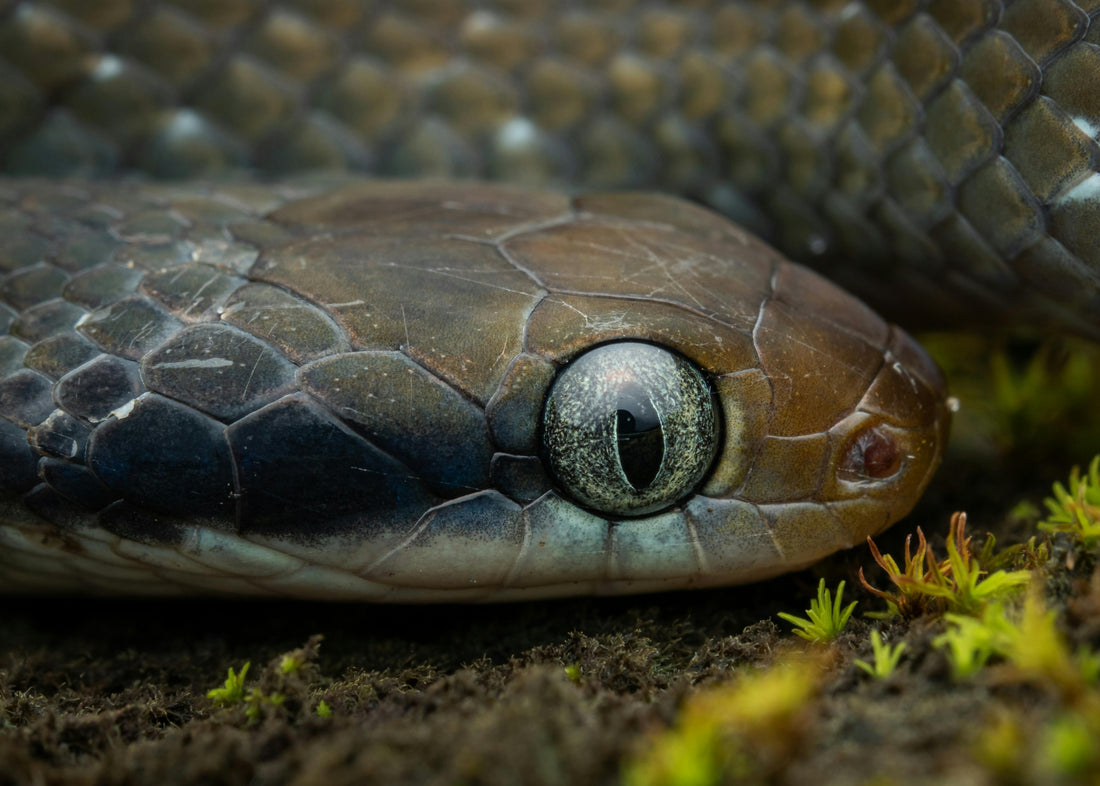Lebanon's diverse ecosystems, ranging from coastal plains to mountainous regions, provide habitats for a variety of snake species. Understanding which snakes are venomous and which are not is crucial for both residents and visitors. This guide aims to shed light on the common snakes found in Lebanon and help differentiate between those that pose a risk and those that are harmless.
Venomous Snakes in Lebanon

1. Lebanon Viper (Montivipera bornmuelleri)
- Description: The Lebanon viper is a relatively small snake, typically brown or grey with darker zigzag patterns along its back.
- Habitat: It is often found in mountainous regions, particularly in rocky and grassy areas.
- Venom: Highly venomous, the bite can cause severe pain, swelling, and in extreme cases, can be fatal without prompt medical treatment.

2. Palestine Viper (Vipera palaestinae)
- Description: This viper is usually brown with a characteristic V-shaped pattern on its head and a zigzag stripe down its back.
- Habitat: Commonly found in a variety of environments, including woodlands, fields, and near human settlements.
- Venom: Very dangerous, its venom can cause significant tissue damage, pain, and systemic effects. Immediate medical attention is essential.

3. Blunt-nosed Viper (Macrovipera lebetina)
- Description: The blunt-nosed viper is a large, stout snake with a broad head and a distinctive pattern of dark blotches along its body.
- Habitat: Prefers rocky hillsides, scrublands, and sometimes agricultural areas.
- Venom: Potent, capable of causing severe local damage, hemorrhage, and even death if untreated.
Non-Venomous Snakes in Lebanon

1. Coin-marked Snake (Hemorrhois nummifer)
- Description: Named for the distinctive coin-like spots along its back, this snake is slender and typically brown or grey.
- Habitat: Found in a variety of habitats, including forests, fields, and near water sources.
- Venom: Non-venomous and harmless to humans. It poses no threat and often helps control rodent populations.

2. Levantine Racer (Platyceps collaris)
- Description: A sleek, fast-moving snake with a grey or olive body and a distinctive collar-like marking around its neck.
- Habitat: Common in open areas, gardens, and agricultural fields.
- Venom: Non-venomous, this snake is completely harmless and beneficial for controlling pest populations.

3. Dice Snake (Natrix tessellata)
- Description: Olive or brown with checkerboard patterns, this semi-aquatic snake is often found near water bodies.
- Habitat: Prefers rivers, streams, and lakes, often seen swimming or basking on the banks.
- Venom: Non-venomous and harmless to humans. It primarily feeds on fish and amphibians.

4. Syrian Black Snake (Dolichophis jugularis)
- Description: This large, black snake can grow up to 2 meters in length and is often mistaken for a dangerous species due to its size.
- Habitat: Common in forests, farmlands, and even urban areas.
- Venom: Non-venomous, despite its intimidating appearance, it is harmless to humans and beneficial for controlling rodent populations.
Safety Tips and Conclusion
While encountering snakes in Lebanon is relatively rare, it’s important to know how to respond:
- Stay Calm: If you encounter a snake, remain calm and slowly back away. Most snakes will not attack unless provoked.
- Identification: Learn to identify common snake species to distinguish between venomous and non-venomous types.
- Medical Attention: In case of a snake bite, seek immediate medical attention, especially if bitten by a suspected venomous snake.
Understanding the snakes of Lebanon helps foster a respect for these creatures and their role in the ecosystem. While some species are dangerous, many are harmless and contribute positively to controlling pests and maintaining ecological balance.

